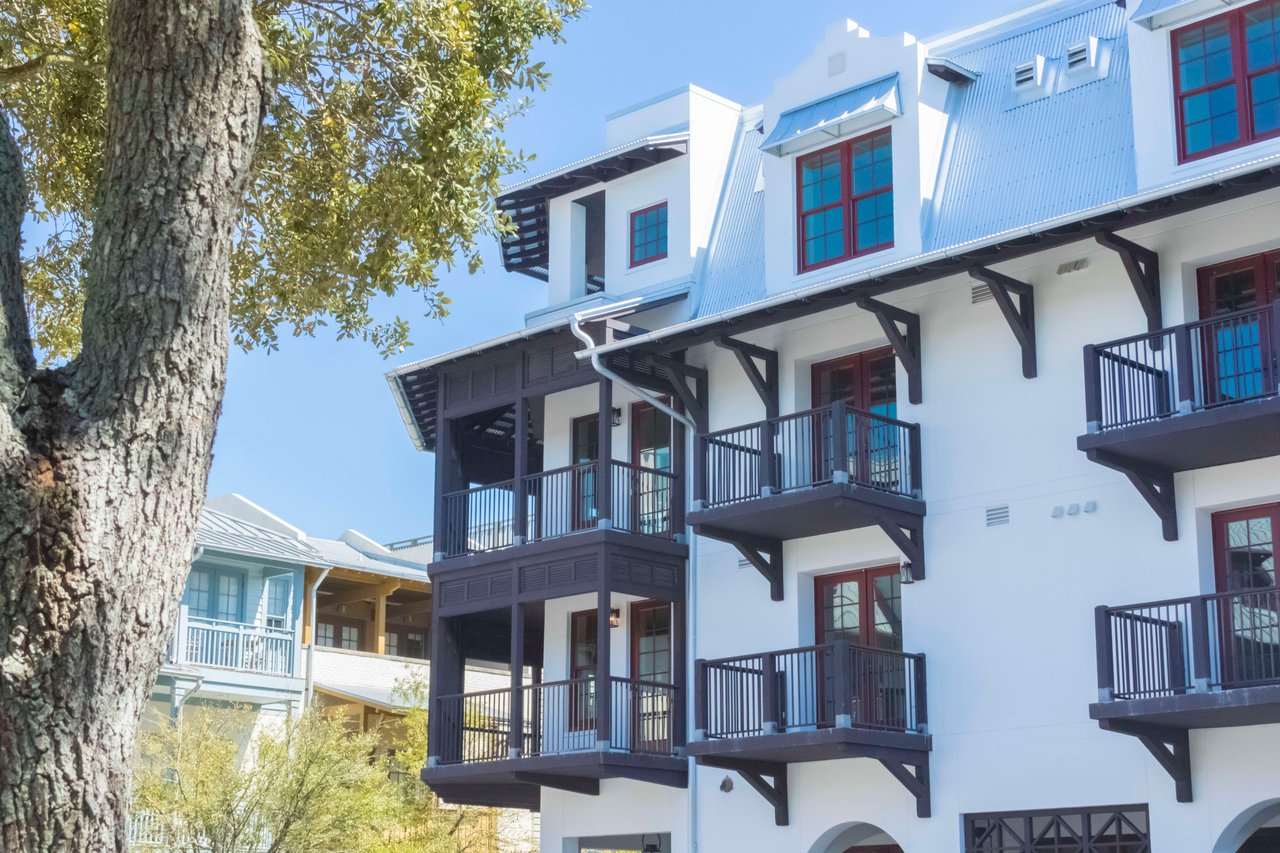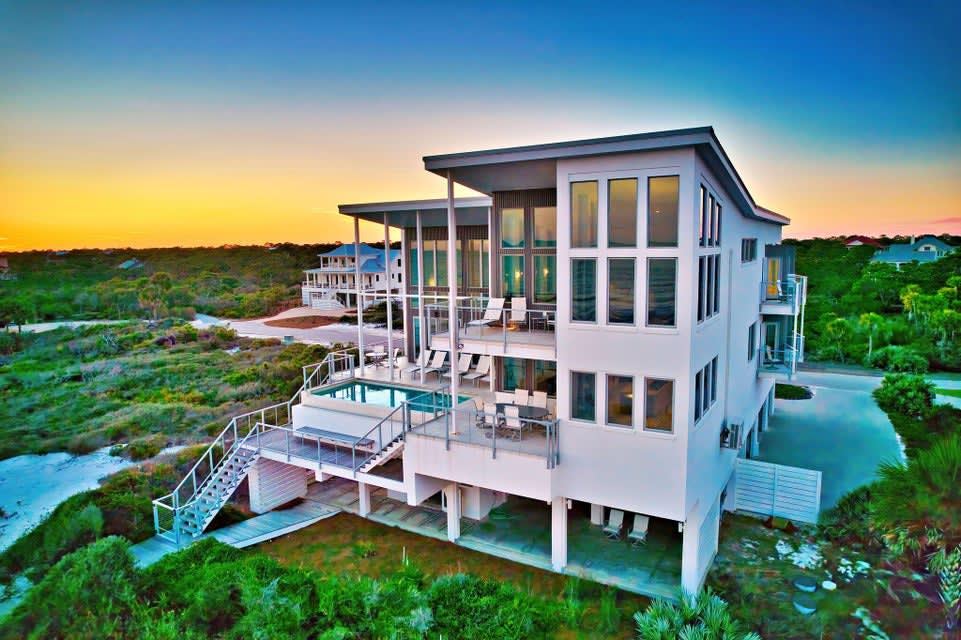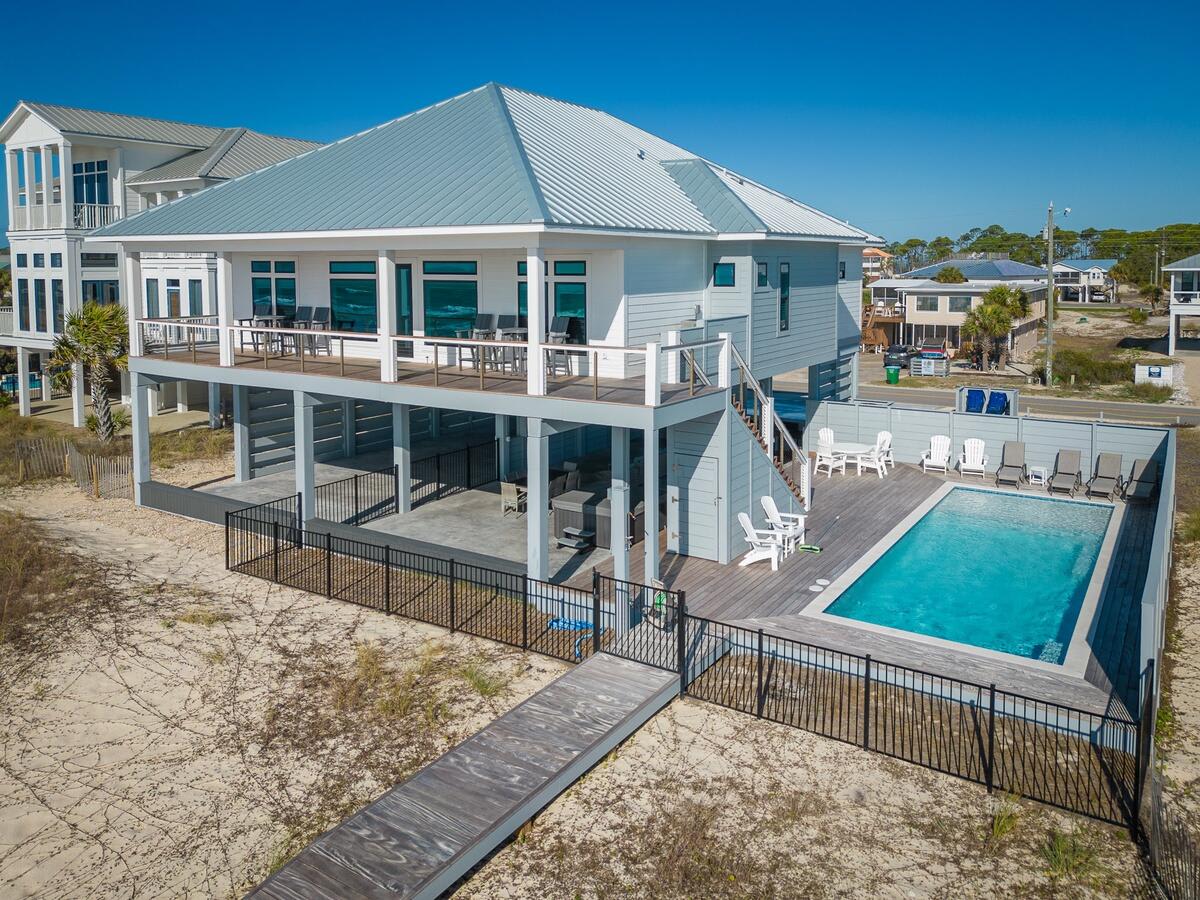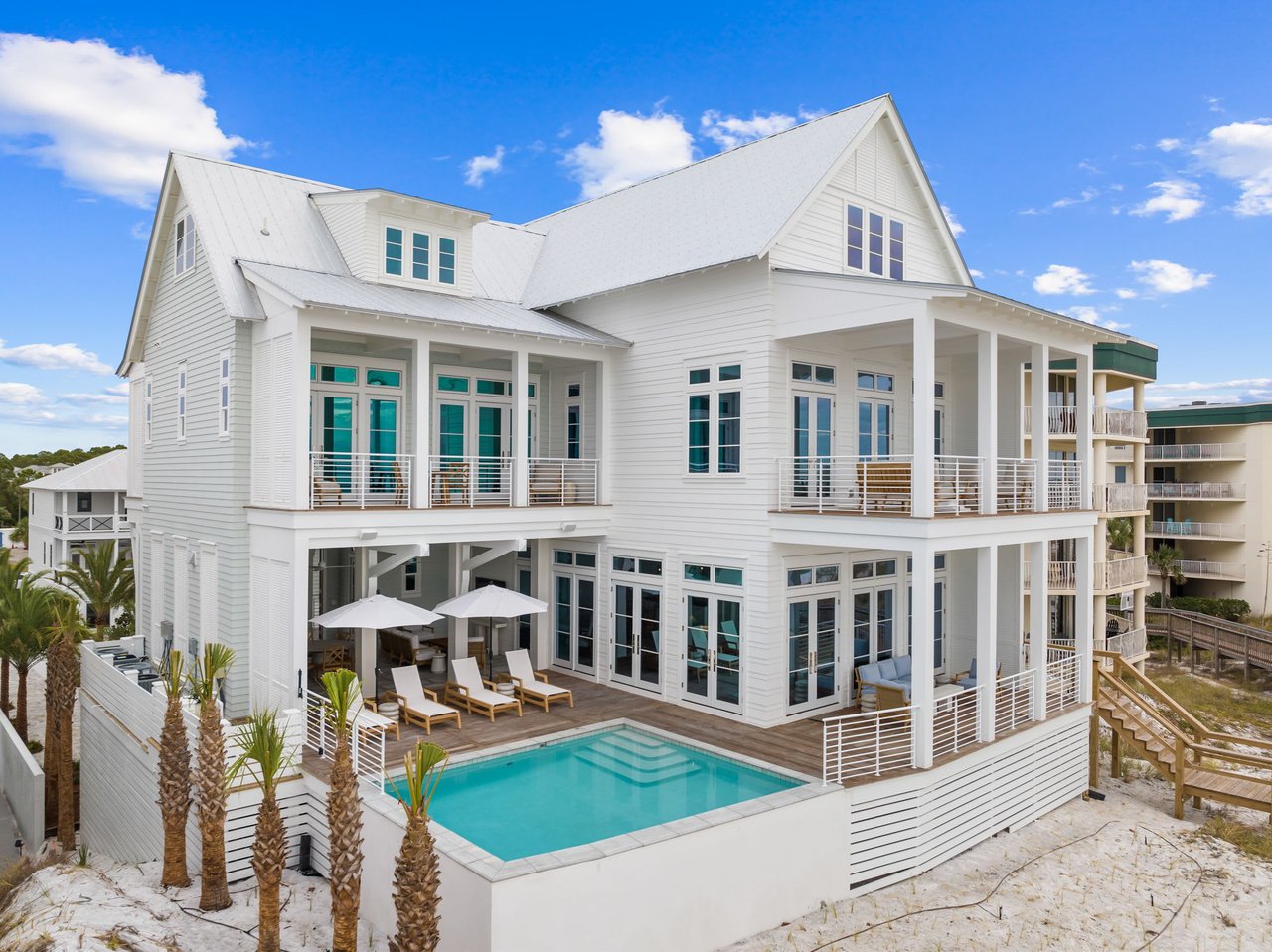For most people, buying a home is one of the biggest financial investments they will make in their lifetime. The process of obtaining a mortgage can be complex and overwhelming, but it all starts with understanding the interest rate that will be charged on the loan. The interest rate, along with the loan amount and the term of the loan, determines the monthly payment and the total cost of the mortgage over the life of the loan.
Mortgage rates have a long and fascinating history, and it’s interesting to see how they have evolved over time. In this blog post, we’ll take a look at the history of mortgage rates, from their beginnings to the present day.
The Early Days of Mortgage Rates
The concept of mortgage loans dates back thousands of years to ancient civilizations such as Babylon and Greece, where people would borrow money to purchase land or homes. However, it wasn’t until the late 1800s that mortgage loans became more common in the United States. In those days, mortgage rates were set by individual banks and were usually much higher than they are today. For example, in the 1890s, mortgage rates averaged around 6-7% per year.
The Great Depression and World War II
During the Great Depression of the 1930s, the U.S. government established the Federal Housing Administration (FHA) to help stabilize the housing market. The FHA insured mortgage loans, which allowed banks to lend money to people with a lower risk of default. As a result, mortgage rates decreased, averaging around 4% in the 1930s.
During World War II, the government instituted wage and price controls to help fund the war effort. This resulted in a freeze on mortgage rates, which remained at 4% until the end of the war.
The Post-War Era and the Rise of Suburbanization
In the post-war era, the U.S. economy boomed, and the country experienced a period of suburbanization. Many people moved from cities to the suburbs to take advantage of new housing developments and a better quality of life. This led to a high demand for mortgage loans, and mortgage rates increased, averaging around 4.5% in the 1950s.
The 1960s and 1970s: Inflation and Economic Stagnation
In the 1960s and 1970s, the U.S. economy was characterized by high inflation and economic stagnation. This led to an increase in mortgage rates, which reached a peak of over 18% in 1981. The high interest rates made it difficult for many people to afford to buy a home, and the housing market suffered as a result.
The Road to Low Rates and Present Day
From the peak in the early 1980s, mortgage rates slowly declined over the ensuing decades ultimately reaching historic lows in the 2010s and early 2020s. These low rates fueled a real estate boom. Low rates gave home buyers more buying power. In 2021, mortgage rates averaged around 2.75%. That quickly changed in 2022 as the U.S. Federal Reserve System increased the interest rate for federal funds to counteract a four-decade high inflation rate. This rate hike trickled down into mortgage products culminating in a mortgage rate high of around 7.25% in late 2022. In the last few months mortgage rates have subsided and hopefully this trend will continue.
Conclusion
The takeaway is that while mortgage rates have historically fluctuated, rates have been generally low for the last 30 years and we can expect that to continue. The temporary higher interest rates may reduce immediate buying power, but it should not dictate a buying decision. There are ways to counteract temporal rates such as buying down the rate or simply refinancing once rates recede.




